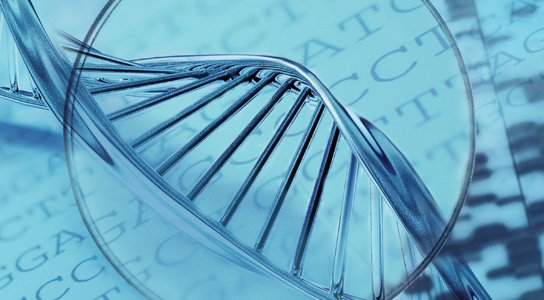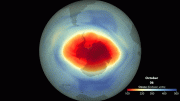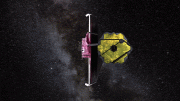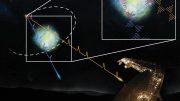
A new technique allows the duplication of DNA so that more than 90% of the genome of a single cell can be sequenced.
Sequencing DNA is nothing new, but it’s much harder to sequence the DNA of a single cell. In order to get enough DNA for sequencing, usually thousands or millions of cells are required. Finding out which mutations are in which cells is extremely difficult, making the mutations present in only a few cells, like early cancerous cells, almost impossible to detect.
The scientists published their findings in the journal Science¹. A new technique was reported today, which allows the duplication of DNA so that more than 90% of the genome of a single cell can be sequenced. This method makes it easier to detect minor DNA sequence variations in single cells, and makes it easier to find genetic differences between individual cells. Such differences could help explain why cancer becomes malignant, how reproductive cells emerge and even how individual neurons differ.
To sequence an individual cell, researchers must first make many copies of its DNA using techniques including PCR. The drawback of these techniques is that some portions of the genome are copied much more extensively than others, a problem which is known as amplification bias. As a result of this, most attempts at single-cell sequencing cover 40% to 70% of the genome.
The new technique developed by Sunney Xie, a chemical biologist at Harvard University in Cambridge, Massachusetts, and his colleagues allows the sequencing of 93% of a human cell. Multiple annealing and looping-based amplification cycles, MALBAC, uses DNA from a single cell, isolates it and adds short DNA molecules, called primers. These are complementary to random parts of the DNA, which makes them stick to the strands and act as starting points for DNA replication.
The primers consist of two parts: a sticky eight-nucleotide portion that varies and binds to the DNA, and a common sequence of 27 nucleotides. This stops the DNA from being copied too many times and cuts down on the amplification bias. This is done by making the newly copied strands loop back onto themselves, which presents over-copying.
MALBAC can be used to see how quickly mutations accumulate, and to find variations in gene-copy number and chromosomal abnormalities across a population of cells. It can also help detect variants across more of the genome than other sequencing methods.
Although MALBAC covers the genome more thoroughly than other techniques, it still misses one-third of single-nucleotide variants. Also, the enzyme that copies the DNA is error-prone, so the copying process can introduce variants that weren’t present in the cell.
Reference: “Genome-Wide Detection of Single-Nucleotide and Copy-Number Variations of a Single Human Cell” by Chenghang Zong, Sijia Lu, Alec R. Chapman and X. Sunney Xie, 21 December 2012, Science.
DOI: 10.1126/science.1229164









Awesome! Far out, it feels like the leaps and bounds in genetic science are getting more and more common every day.. Really awesome to see.